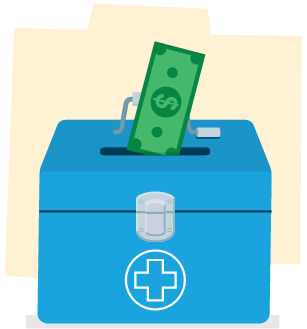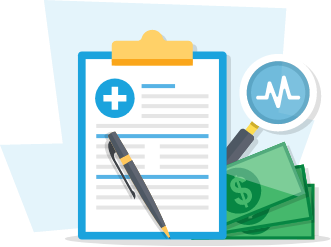
Spend Better and Save More
Spending Accounts allow you to easily plan and manage your everyday expenses for health care, child and elder care or commuter expenses. These accounts can use tax-free funds to help cover these expenses and give you the choice and control for when and how you use your money

How You Can Save
With most spending accounts, you choose the amount of money you want to contribute. That money is then taken out of your paycheck before you pay taxes. Since this may lower your income, you pay less income tax. Plus, any additional money you contribute on your own is tax-deductible. Other accounts allow your employer to contribute money into an account for you – keeping more money in your pocket.

Spending Account Types
Each type of spending account helps you save in different ways, so keep exploring to find out more!
Spending Account Comparison
| HSA | HRA | FSA | |
|---|---|---|---|
| Pay for deductibles/copays/coinsurance | Yes | Yes | Yes |
| Pay for dental/vision/prescription expenses | Yes | Yes | Yes |
| Pay for dependent care | No | No | Yes |
| Account owned by | You | Your Employer | Your Employer |
| Invest money for future expenses | Yes | No | No |
| Funded by | You** | Your Employer | You** |
| You are required to have a Qualified High Deductible Health Plan |
Yes | No | No |
| Money is transferable if you change jobs/change plans/retire |
Yes | No | No |
| Can reduce your taxable income* |
Yes | No | Yes |
| Debit card available | Yes | Yes | Yes |
*This may depend on whether your employer offers this option.
**In some cases, your employer may contribute. The IRS sets different limits on contributions to HSAs and FSAs..
Disclaimer: Not all states follow federal tax rules with respect to contributions made to HSAs. Please consult your tax advisor to determine the extent to which these contributions may be subject to state income tax and wage withholding rules.